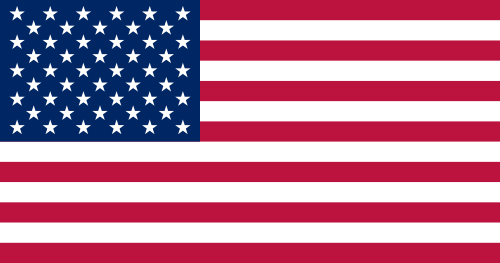Labor Day, celebrated on the first Monday in September, is a significant holiday in the United States. It honors the American labor movement and the contributions workers have made to the strength, prosperity, and well-being of the country. The holiday’s origins and evolution reflect the history of labor rights and the ongoing struggle for fair employment standards. This article explores the history of Labor Day in the USA, highlighting key events and figures that have shaped its celebration.
This are the dates for Labor Day for the upcoming year:
- Labor Day 2024 is on Monday, September 2nd
- Labor Day 2025 is on Monday, September 1st
In most of the countries of the world, Labour Day is celebrated on the 1st of May.

The Origins of Labor Day
The inception of Labor Day can be traced back to the late 19th century, a period marked by rapid industrialization and the growth of the labor movement. Workers faced long hours, poor working conditions, and little recognition for their contributions to the economy. The idea of a “workingmen’s holiday” began to take shape as labor organizations grew stronger and more vocal in their demands for fair labor practices.
The first Labor Day parade occurred on September 5, 1882, in New York City. Organized by the Central Labor Union (CLU) and the Knights of Labor, the event saw approximately 10,000 workers take unpaid time off to march from City Hall to Union Square. This demonstration was not just a celebration but a powerful statement for workers’ rights and the need for a designated holiday to recognize labor’s contributions.
The Path to National Recognition
The success of the first Labor Day parade sparked interest in other cities, leading to the spread of labor day celebrations across the country. However, it wasn’t until the Pullman Strike of 1894, which significantly disrupted railroad traffic and mail delivery, that the federal government took decisive action. In an attempt to repair ties with the American workforce following the strike, President Grover Cleveland and Congress moved swiftly to legalize Labor Day as a national holiday.
On June 28, 1894, President Cleveland signed the bill making Labor Day a national holiday, to be observed on the first Monday in September. This decision marked a significant victory for the labor movement, acknowledging the importance of workers’ contributions to American society.
Labor Day Today
Over the years, Labor Day has evolved from a day of parades and protests into a more generalized celebration of workers and their rights. It also signifies the unofficial end of summer, with many Americans enjoying a long weekend filled with recreational activities. Despite this shift, the holiday remains a potent symbol of the labor movement’s achievements and ongoing challenges.
Labor Day continues to serve as a reminder of the struggles faced by workers throughout American history, including the fight for the eight-hour workday, safer working conditions, and the right to organize and bargain collectively. It’s a day to reflect on the progress made through the sacrifices of workers and labor activists while acknowledging the work that still lies ahead in ensuring fair and equitable treatment for all workers.
Conclusion
The history of Labor Day in the USA is a testament to the resilience and perseverance of the labor movement. From its origins in the streets of New York City to its recognition as a national holiday, Labor Day embodies the struggle for workers’ rights and the ongoing pursuit of social and economic justice. As we celebrate Labor Day, it’s important to remember the historical significance of this holiday and the vital role that labor plays in shaping our nation.

